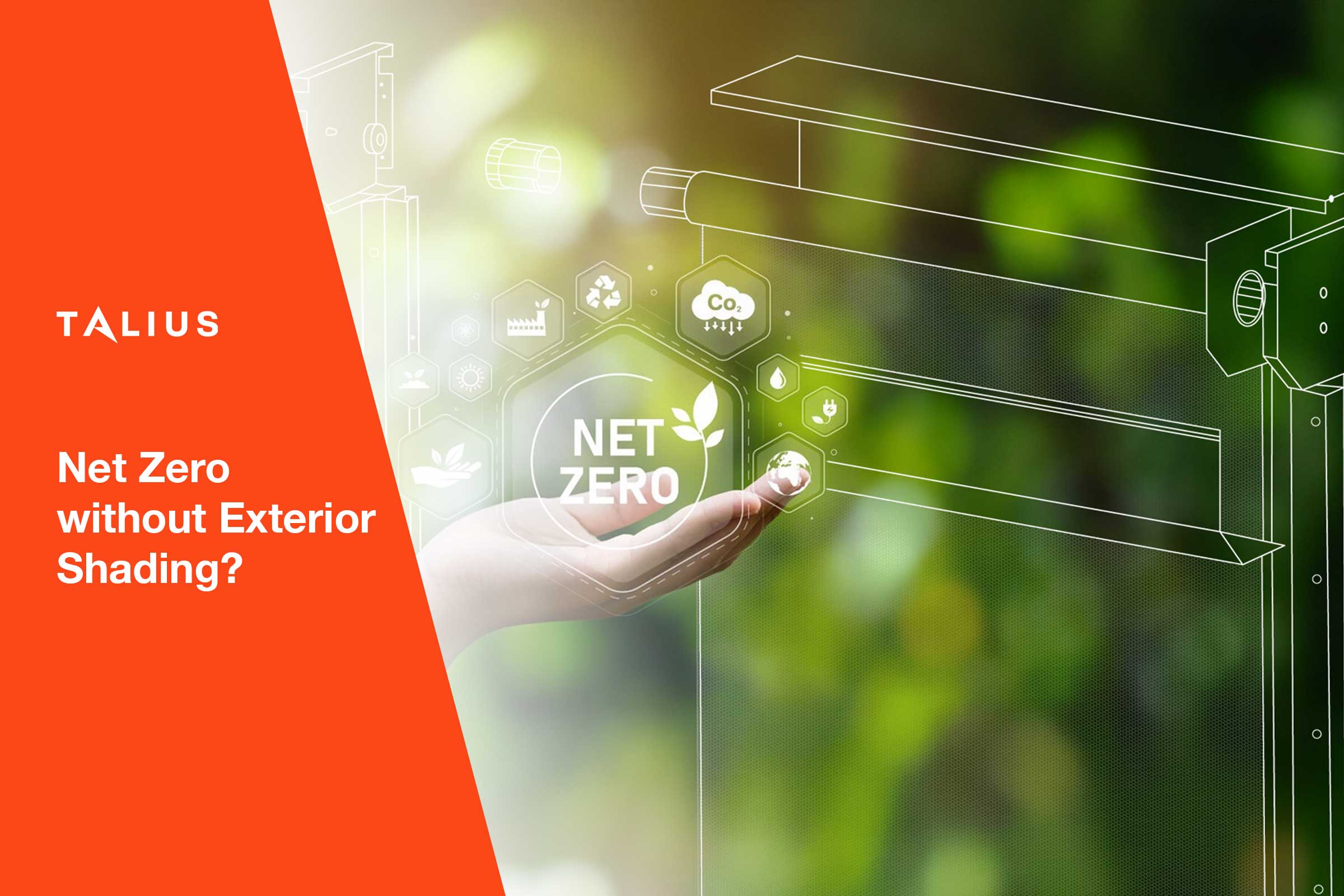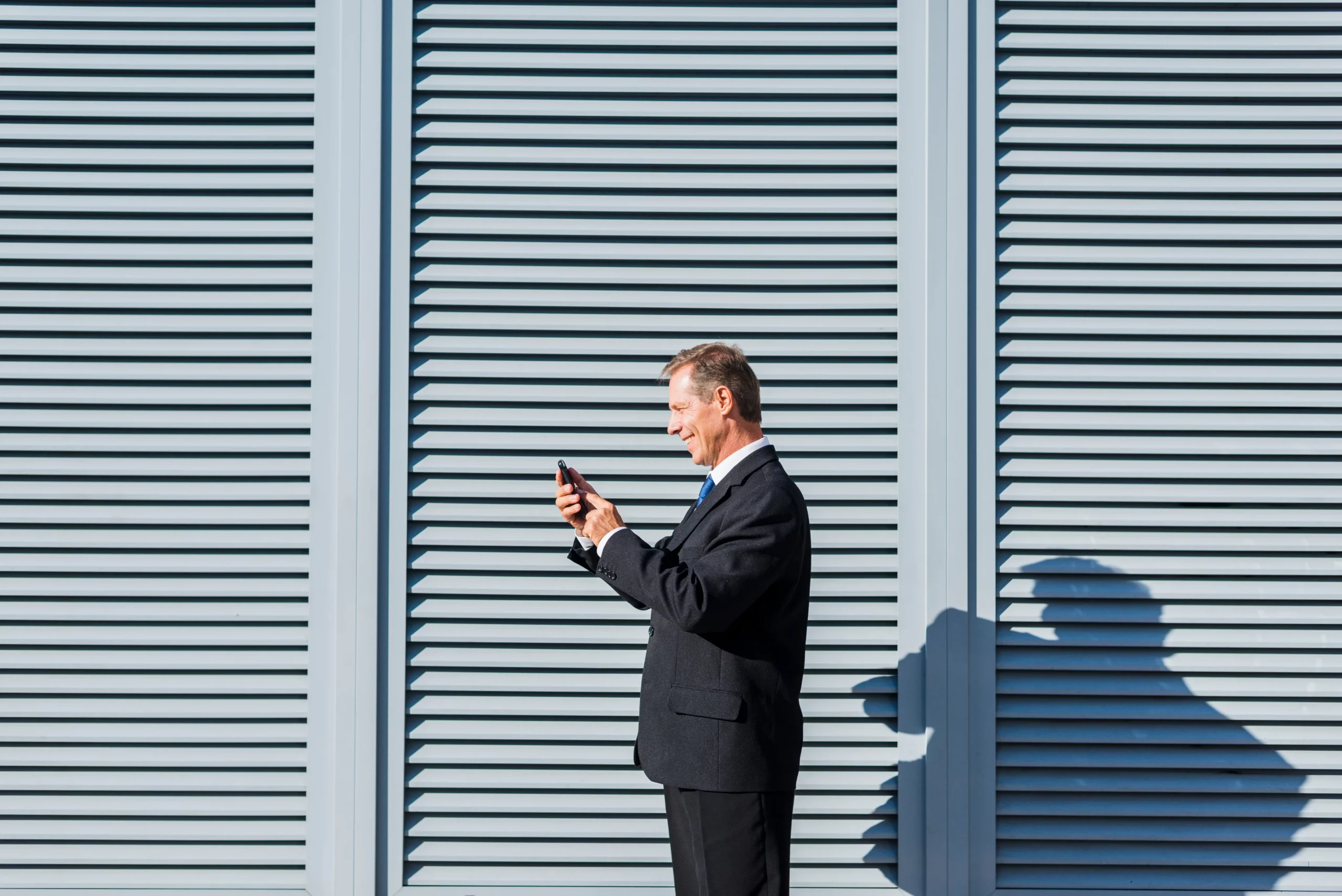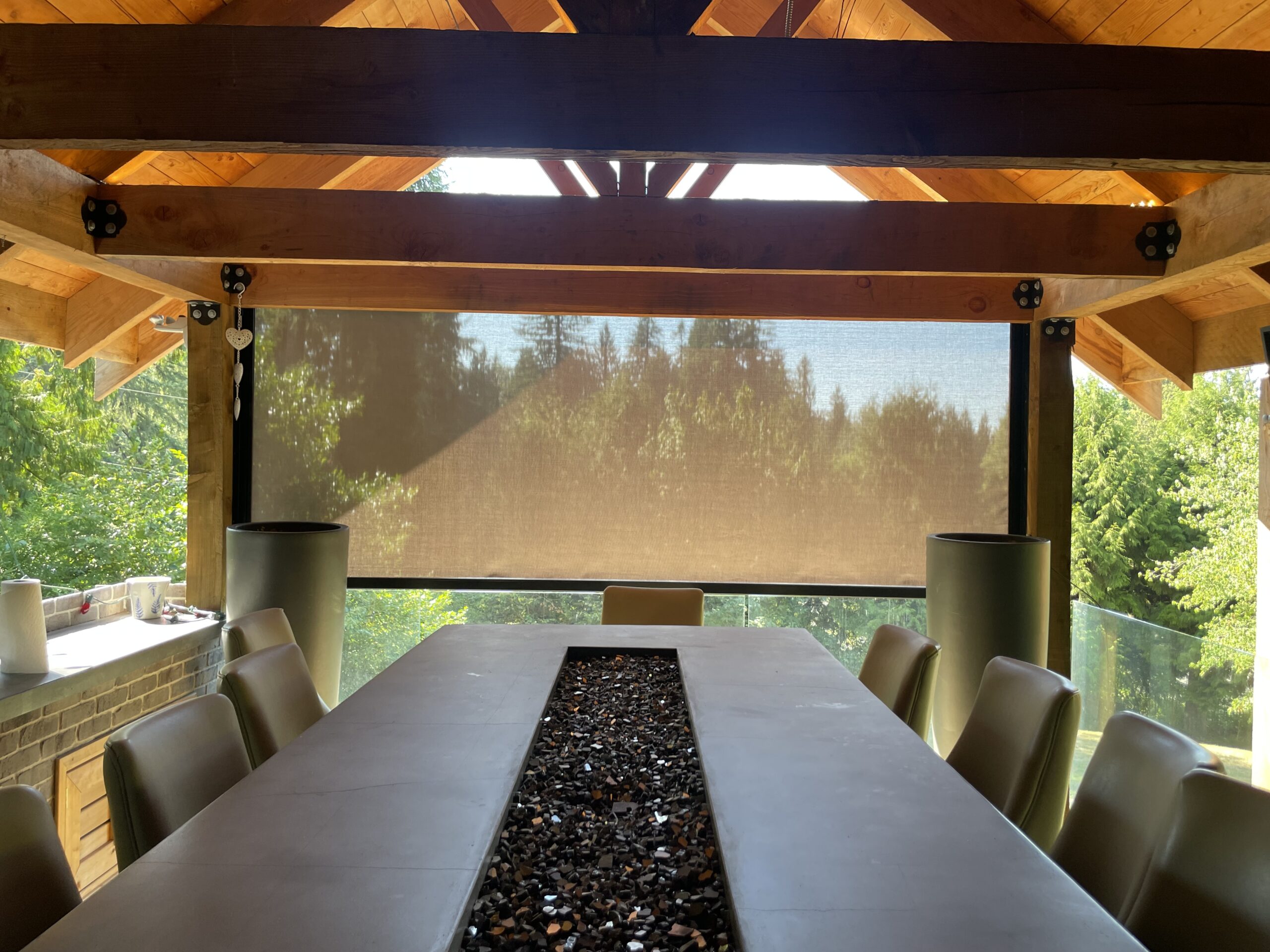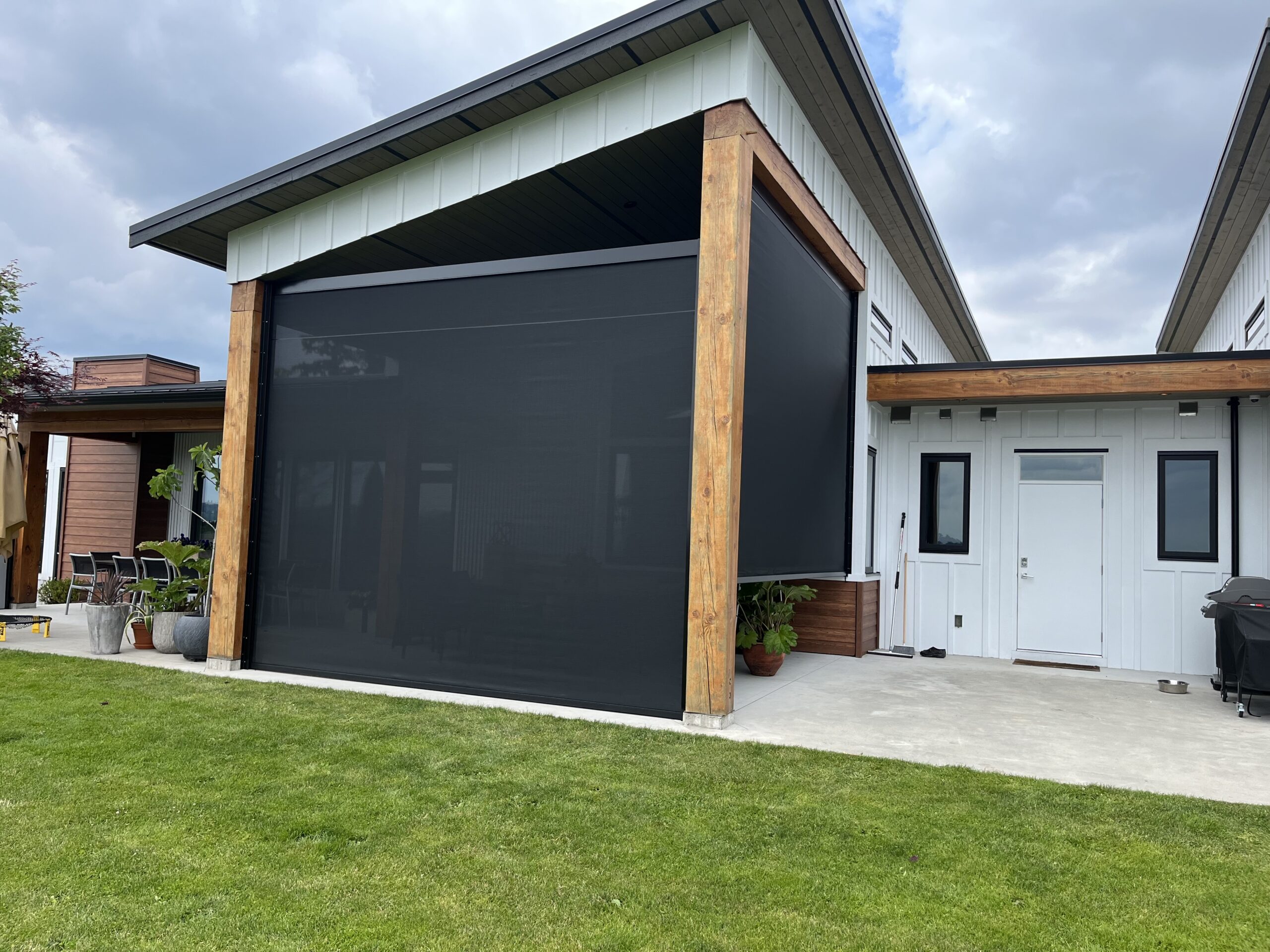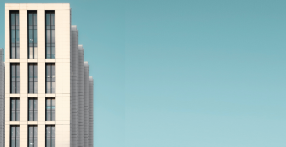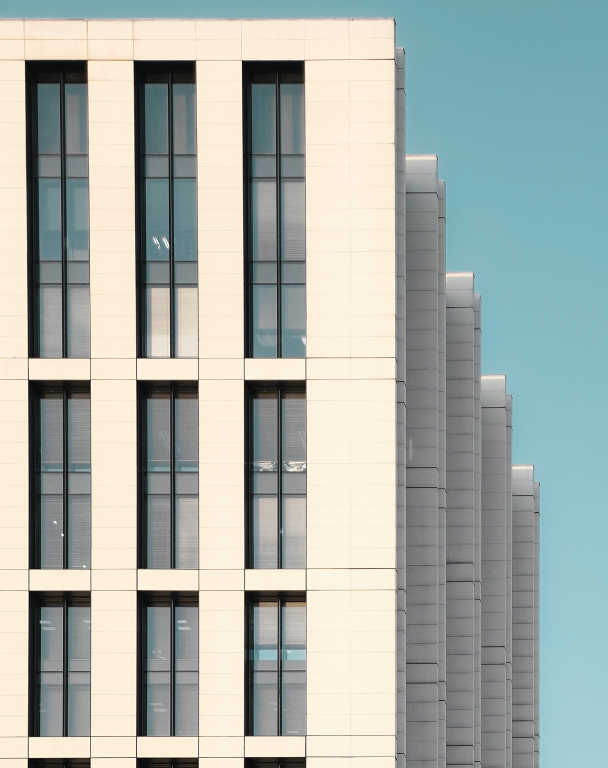![]()
The green building industry loves buzzwords: Net Zero, LEED Platinum, Passive House. But scratch the surface of many “sustainable” buildings and you’ll find a glaring flaw—no exterior shading. Without it, these so-called high-performance structures often suffer from overheating, sky-high cooling loads, and occupant discomfort. And the worst part? Many building standards either overlook or undervalue shading solutions that could dramatically reduce energy use. It’s time to challenge the narrative.
The Problem: Form Over Function
Modern architecture tends to favour large glass facades — it’s sleek, it’s bright, it’s open. But without proper shading, that beautiful glazing becomes a liability. Solar heat gain through windows is one of the primary causes of cooling loads, and interior blinds do little to stop it. Yet most buildings are still designed as if HVAC systems can compensate for everything.
What LEED and Net Zero Often Miss
LEED and Net Zero certifications reward insulation, HVAC efficiency, renewable energy, and envelope performance — but exterior shading is often treated as optional. This oversight is costly. Passive cooling systems like Talius Habitat Screens can cut cooling demands, while improving occupant comfort, glare control, and even security.
Passive Solutions vs. Active Overengineering
Buildings are becoming over-mechanized in their pursuit of Net Zero — solar panels, batteries, and ultra-efficient chillers. But these systems are expensive, require ongoing maintenance, and still rely on energy to solve an avoidable problem. Exterior shading reduces demand at the source. It’s low-tech, durable, and incredibly effective.
Why the Incentive System Is Broken
Government rebates and certification points go toward high-ticket tech — solar panels, triple glazing, geothermal loops. But shading systems that directly reduce energy use are rarely incentivized, even though they provide measurable ROI and support long-term grid stability. This policy gap makes it harder for builders and owners to adopt common-sense passive strategies.
The Talius Difference
Talius has spent over 40 years designing high-performance rollshutters and retractable screens that do what complex systems often can’t: block heat before it ever enters the building. Our solutions help projects meet Step Code targets, reduce reliance on mechanical systems, and create spaces that are comfortable, secure, and energy-smart — all while preserving architectural integrity.
Conclusion: It’s Time to Get Real About Green
A truly sustainable building doesn’t just look green or buy its way to Net Zero. It starts with the fundamentals: managing solar gain, reducing demand, and prioritizing comfort without excess. Until exterior shading becomes standard practice — and earns the credit it deserves — LEED and Net Zero will remain incomplete promises.
About Talius
Talius stands as the foremost manufacturer of premium roll shutters and Habitat Screens in North America. Our roll shutters provide robust defence against vandalism, theft, and unauthorized entry, safeguarding schools and commercial buildings and residences. Talius’ Habitat Screens are designed to significantly diminish heat absorption in buildings during sunny periods and heatwaves, resulting in a notable reduction of up to 50% in air conditioning energy consumption. To best serve our consumer base, we have a distribution network across both North America, with Canadian manufacturing in Beautiful British Columbia.
Learn more about Talius at www.talius.com
Contact:
e. info@talius.com
p. 1-888-550-6205




